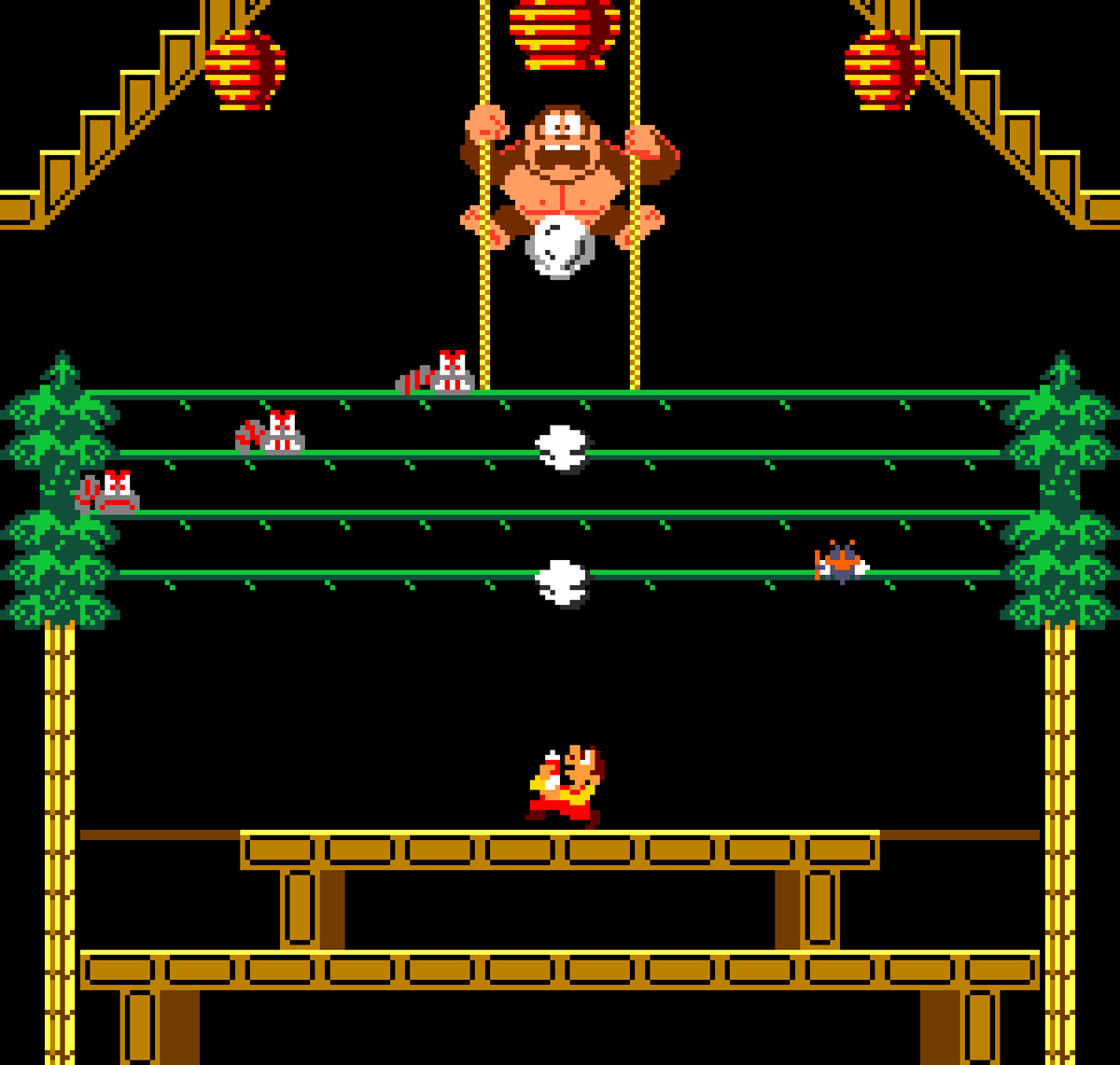
The Atari/Nintendo tie-up also involved Atari in being the U.S. These two being products of the year 1983 in arcades, these obviously never saw a release on the CV because of Nintendo's setback with Coleco during the 1983 CES show where Coleco demonstrated a version of Donkey Kong (on cartridge) to be released for their upcoming ADAM computer, angering both Nintendo and Atari, the latter of whom was assigned as distributor for all computer-based ports (Coleco, as you should remember, was given the console-based rights to DK). RetroIllucid would probably be able to help me on these two. Even though 20 years have passed since the SNES original, Donkey Kong doesnt show any sign of abandoning the design that made just as big of a splash as his arcade debut.What would Mario Brothers and Donkey Kong 3 have looked like on the ColecoVision, in the usual CV/ADAM graphical style (not the Opcode Games MegaCart-type porting) of other ports of Nintendo games, such as Coleco's own Donkey Kong and Donkey Kong, Jr., released for the CV in 19 respectively? He may keep some of the attributes implemented to keep him expressive under the constraints of decades-old pre-rendered CGU, but DK still manages to look a lot warmer and fuzzier than he did in his former lifeless, plastic incarnations. Still, the current developers at Retro Studios do what they can when saddled with Donkey Kong's somewhat dated redesign.
Donkey kong 3 1983 series#
DK's first official HD game drops the gorilla into a very Dreamworks-y world that remains linked to Rare's handiwork-even if that developer hasn't been affiliated with the series since the dark days of Donkey Kong 64. That design choice continues with the Wii U follow-up, Tropical Freeze. Prev of 13 Next Prev of 13 Nextĭonkey Kong Country: Tropical Freeze (2014)ĭonkey Kong Country returned in Donkey Kong Country Returns, a game that very closely adhered to the style Rare solidified in 1994. However, those later games stuck very close to Countrys established look, which may indicate that Nintendo viewing the King of Swing look as a mistake. Paon made several more Donkey Kong titles, starting with a King of Swing sequel, Jungle Climbers. The game was developed by Paon, one of Nintendos lesser known Japanese dev partners, which may explain the change in look. And while this trend wouldn't last, Nintendo was confident enough in their longtime character to brand this game's title with the initials "DK" rather than spelling it out for prospective buyers. This Game Boy Advance oddity tried to marry DK's pre-rendered look with that of the old arcade art, and succeeded for the most part. Over the years, Nintendo has barely budged from Rares mid-90s redesign that defined Donkey Kong for a new generation, but the little-known DK: King of Swing was somehow granted a little more leeway than other post-2000 ape adventures. Still, as time goes by, it's becoming increasingly bizarre to see this product of mid-90s technology dropped into games with real-time visuals that handily outclass Rare's pre-rendered relics. Its no doubt thanks to the tremendous success of Donkey Kong Country and its many sequel, though 2 and 3 greatly diminish his role, making him the kidnapping victim for a change. Given the CGI rendering standards of 1994, Donkey Kong could honestly look a lot worse, but even with this design being tied to certain technical constraints, it's the one Nintendo's basically stuck with ever since.
:no_upscale()/cdn.vox-cdn.com/uploads/chorus_asset/file/10803635/14_dk3.png)

Donkey Kong Country has a visual flair that says, "Hey! We made this game with computers!" The flashy look meshed well with the tie-centric redesign of DKs Game Boy title from earlier in the year.

In the face of escalating console technology, Nintendo stuck to its 16-bit guns and, with the help of UK developer Rare, reinvented Donkey Kong for the MTV generation.


 0 kommentar(er)
0 kommentar(er)
